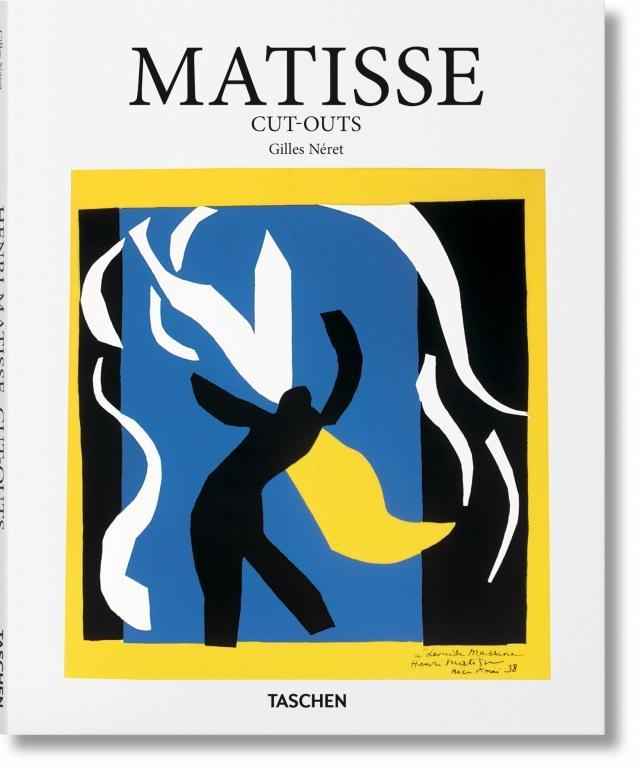Matisse. Cut-outs

Matisse. Cut-outs
Emphasizing color and contrast, the cut-out technique generated both striking lines and vivid juxtapositions. In works such as Icarus (1943), The Blue Nude (1952), The Snail (1953), and The Sheaf (1953), clean forms and elemental structures power a compositional force that belies the work's decorative appeal, at once tightly organized and infectious with joie de vivre. As his work progressed, Matisse's excitement with his results fueled ever-larger pieces, advancing from small works to vast wall-sized murals.
As his final years approached, Matisse reveled in the simplicity and brilliance of these pieces, avowing, "Only what I created after the illness constitutes my real self: free, liberated..." In this essential introductory book, we revisit this joyful final chapter of Matisse's long and prodigious career, examining how the cut-outs encapsulated the artist's many years exploring the possibilities of composition, form, and color.
PRP: 124.00 Lei
Acesta este Prețul Recomandat de Producător. Prețul de vânzare al produsului este afișat mai jos.
111.60Lei
111.60Lei
124.00 LeiLivrare in 2-4 saptamani
Descrierea produsului
Emphasizing color and contrast, the cut-out technique generated both striking lines and vivid juxtapositions. In works such as Icarus (1943), The Blue Nude (1952), The Snail (1953), and The Sheaf (1953), clean forms and elemental structures power a compositional force that belies the work's decorative appeal, at once tightly organized and infectious with joie de vivre. As his work progressed, Matisse's excitement with his results fueled ever-larger pieces, advancing from small works to vast wall-sized murals.
As his final years approached, Matisse reveled in the simplicity and brilliance of these pieces, avowing, "Only what I created after the illness constitutes my real self: free, liberated..." In this essential introductory book, we revisit this joyful final chapter of Matisse's long and prodigious career, examining how the cut-outs encapsulated the artist's many years exploring the possibilities of composition, form, and color.
Detaliile produsului










